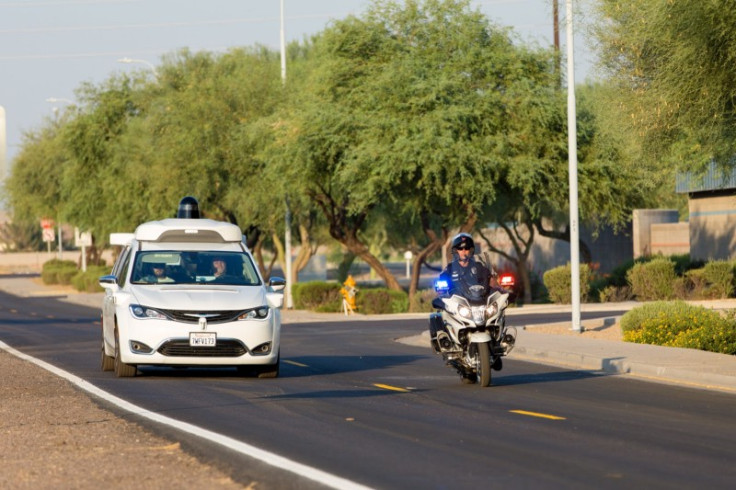Google's Waymo is teaching police in the US what to do when driverless cars crash
Self-driving cars can hear sirens and will pull over when a police car signals it to.
Google's self-driving car division Waymo has started working with law enforcement in various parts of the US to figure out what can be done if one of their driverless cars crashes.
Waymo is currently testing a fleet of autonomous cars in four states in the US, clocking over 3.5 million miles so far.
The protocol that is being developed will include the response of a driverless car in case it gets pulled over as well, reports Recode. In case a driverless car gets into a collision, the first response protocols are being worked out. This will include what police officers can do at the scene of the accident, including accessing the car, checking if there are people inside it, and how they can help them.
Last week Waymo released a document with details on how their cars are designed to avoid collisions and if one should happen, how the company can deal with it. The document deals with three wide scenarios.
First, how will a self-driving car deal with unsafe driving conditions? Second, how will the car deal with emergency vehicles and when it senses sirens? And third, what happens directly after an accident?
In case of a technical failure or system breakdown that may or may not be caused by an accident, the report says the car will have to know when to stop and recalibrate, more so if the car is completely driverless, or in a situation where there is no backup driver.
Cars will have backup sensors, computers and power supply that will come online in certain situations, so the car need not completely stop all the time. In some cases like a snowstorm or if the car can detect an oncoming collision, then it will find a spot to stop and not continue driving.
If the car meets with an accident and there has been a crash, it will automatically contact Waymo and get in touch with remote operating centres. A team of technicians will then arrive at the scene and by then the local police will also be contacted.
Since there are no drivers in these cars, Waymo is conducting training sessions with certain police departments where officers are taught how to identify and approach a self-driving car. "We plan to continue conducting these on-site trainings, while expanding the scope of the training programme as our vehicles become more capable and our operational design domain expands," the document reads.
When a Waymo car hears sirens, it will automatically pull over, yield, and stop. For example, when a number of vehicles are moving towards the scene of an accident on a highway and ambulances and other emergency vehicles are headed toward it, driverless cars will move aside and give way. Using audio sensors, the cars can detect exactly which direction the sirens are coming from and move out of the way.
The cars right now are adding miles to the systems and constantly learning and interacting with various road and traffic conditions. It is not clear if the rules created for driverless Waymo cars will be widely accepted by other car makers or if the road and transport authorities will adopt them in future.






















